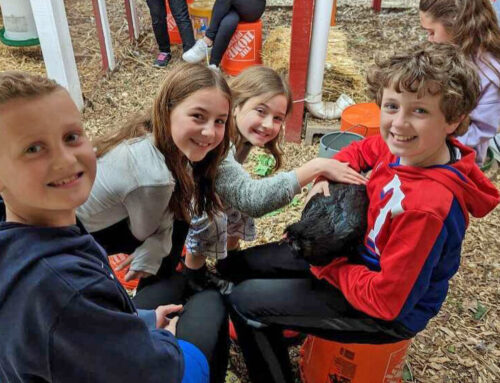From injured warriors to heartbroken parents, Fotolanthropy stories inspire
Four soldiers trudge along a dusty landscape. An explosion rings out. One of the men lies on the ground, covered in debris and blood, his arms and legs obliterated by the blast. His comrades rush to apply tourniquets to his remaining limbs. The groundbreaking scene crosses the line between reenactment and real life. The actors are the men who lived it. Lake Highlands High School graduate Katie Norris says producing this portion of “Travis: A Soldier’s Story” was one of the biggest risks she can remember taking in her relatively short, yet innovation-packed, filmmaking career. Travis Mills is one of five quadruple-amputees from the wars in Iraq and Afghanistan to survive. “It was a lot to ask, taking these men back to their darkest place,” Norris says. “Travis was OK with it, but he wouldn’t let his guys do more than three takes. He was more concerned about them.”
Norris’ nonprofit film production company, Fotolanthropy, also invested in expensive pyrotechnics for the reenactment. These sorts of emotional and financial leaps of faith define Norris’ career.
After graduating from Baylor in 2008, she became an interior designer, but a love of photography kept tugging at her. Her husband, Reece, a corporate attorney, decided around that time to pursue his own entrepreneurial passions. A declining economy and layoffs in the interior design industry forced Norris to do the same, so she launched Katie Norris Portrait Arts, a business that she parlayed into the pioneering, passion-driven projects she oversees today.
Fotolanthropy established quickly, following a heartbreaking phone call. It was a mother whose son had just been diagnosed with a deadly brain tumor. “She said, ‘I heard you could help me’,” Norris recalls. “She told me her baby had beautiful hair she wanted me to photograph before it fell out. I felt I had literally been called to do something.”
Norris photographed baby James Camden Sikes. She found a videographer willing to partner with her to turn the project into a short movie for the parents. James died about a year later. In a matter of days, Norris and a small team developed the Fotolanthropy brand. They launched the nonprofit along with that first film in 2011. Their work — short movies, photo stories and feature documentaries — often have deadlines imposed by subjects, many who have only a short time to live.
“It was two weeks before Andrew was about to pass away,” says Bailey Grey, who, with her husband who was battling terminal cancer, was the subject of a project. “As excited as we were we. were really worried. The day Fotolanthropy came, the crew was so sensitive, compassionate and loving and we shared laughs and it was a sweet time for all of us.”
Today, with a team of professionals from around the world including director Jonathan Link, Fotolanthropy has produced two feature-length documentaries. They fund the work through grants, donations and Norris’ for-profit company, Fotostrap, which sells vintage-style, monogrammed camera straps for $85-$125. A socially responsible, made in the USA product, 100 percent of Fotostrap’s profits benefit Fotolanthropy, Norris says. In addition to “Travis: A Soldier’s Story,” which was so popular that Travis sold his book and movie rights, Fotolanthropy recently released “The Luckiest Man,” the story of Dallas businessman John Paine and his battle against ALS. When it premiered at the Angelika Film Center in October, it sold out. The theater added two extra screenings, which also filled the theater.
The Paine family attended the screeening. It was one of the top memories in Norris’ life, she says. The Paines also were touched by the entire experience.
“It was a very emotional time for us as a family,” John’s son Josh Paine says. “I’m a skeptic by nature … I expected a transactional type of event, not the level of empathy and care. It ended up being a really therapeutic day for us.”
Norris has plenty of aspirations, both philanthropically and professionally.
“One of the biggest goals was to have one of our documentaries made into a full feature film, and that is happening with Travis,” Norris says. “Now our goals are to get the word out about ‘The Luckiest Man.’ John Paine’s words and perspective are so important. Not getting those on record would have been a great loss, and now we want to make sure to put it in front of audiences.”
See more:
Learn more about “Travis: A Soldier’s Story,” “The Luckiest Man” and Fotolanthropy at fotolanthropy.com.
A gift that gives:
Buy Fotostrap at fotostrap.com





